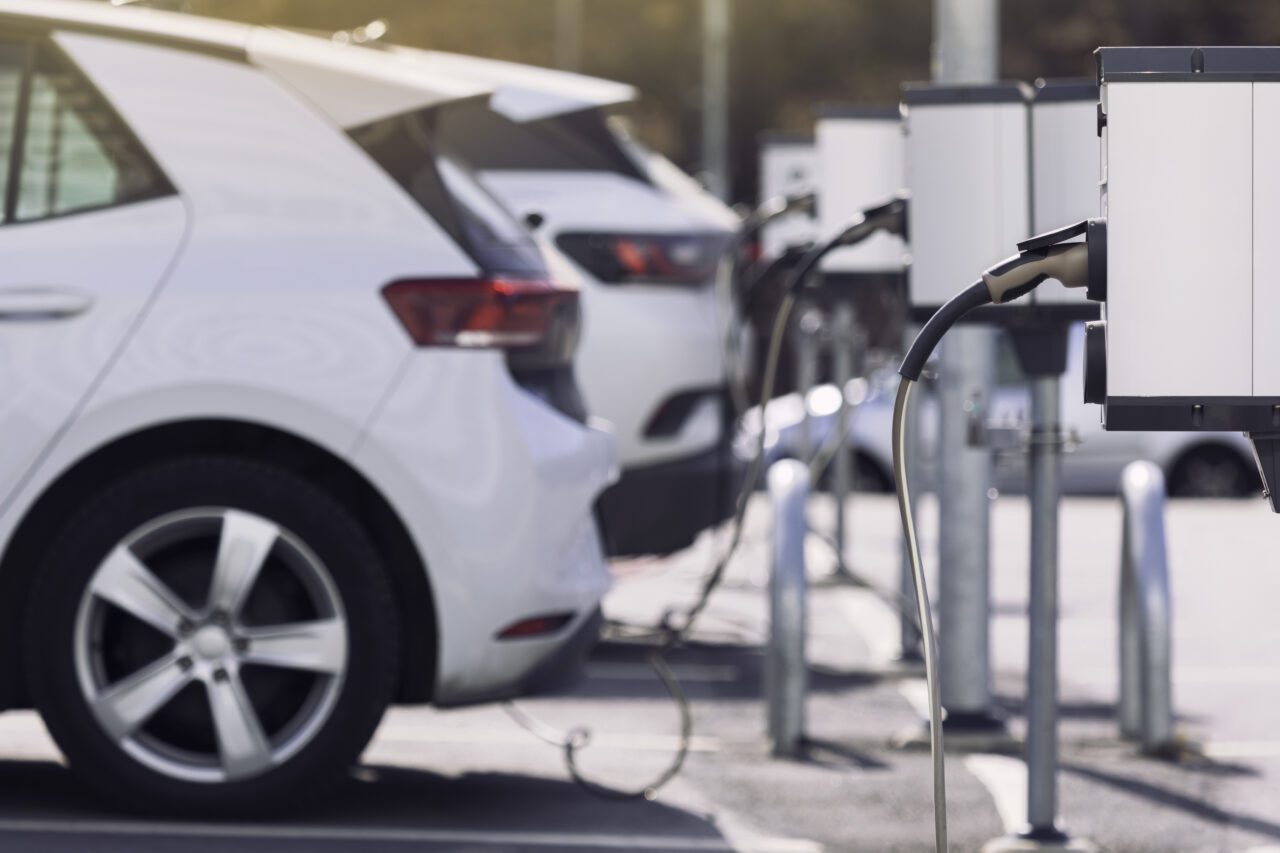Finnish Climate Change Panel memorandum and report: Achieving climate targets requires rapid corrective action in the LULUCF sector
The Finnish Climate Change Panel's latest publications deal with Finland's pathway to carbon neutrality and the situation in the land use, or LULUCF, sector. Meeting the 2030 commitment set by the EU is an important step towards carbon neutrality by 2035. The challenges in the LULUCF sector must be resolved if we are to avoid other sectors having to bear more of the load when it comes to climate actions. Forest use must change if Finland is to meet its national climate targets and those jointly agreed within the EU.





